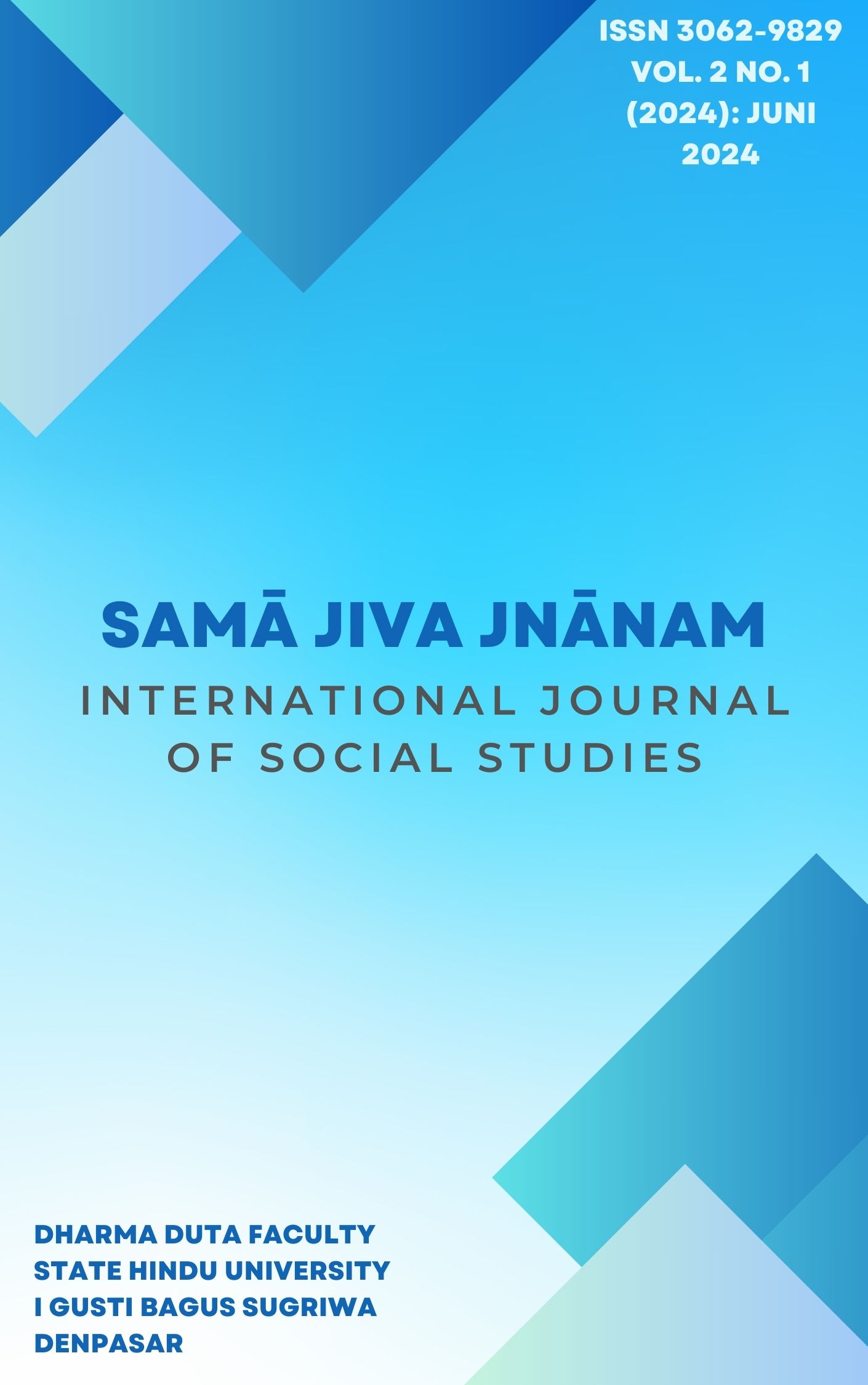COMMUNICATION BETWEEN HINDU CULTURE AND THE TIONGHOA ETHNIC GROUP AT BATUR
DOI:
https://doi.org/10.25078/ijoss.v2i1.3906Keywords:
Inter-Cultural, Communication, Hindu Culture dnd The Tionghoa EthnicAbstract
Indonesia is a country that has extraordinary uniqueness and cultural richness. This country consists of thousands of different tribes, races, languages, religions and customs. In the context of diversity, social interaction and cultural contact between various ethnic groups becomes inevitable. This process involves the exchange of ideas, values, and habits that influence each other. Tolerance plays an important role in interacting with different cultures. Tolerance is a basic element needed to foster mutual understanding and respect for existing differences. Among the many tribes and ethnicities that exist, the Chinese and Hindu ethnic groups in Bali have a long and complex history of interaction. Pura Batur in Kintamani District, Bangli Regency, is a concrete example where this intercultural interaction takes place. Intercultural communication at Pura Batur reflects the harmonious relationship between ethnic Chinese and the Balinese Hindu community. This interaction can be seen in various aspects, such as participation in religious ceremonies, cooperation in social and cultural activities, and mutual respect for each other's traditions and customs. This research aims to understand the dynamics of intercultural communication between ethnic Chinese and Hindus at Pura Batur, Kintamani District, Bangli Regency. Using a descriptive qualitative approach, this research will explore how social and cultural interactions occur, as well as the factors that influence communication between the two ethnic groups. Perception and communication between the two groups are influenced by history, religion, culture, and economics. Despite challenges, new perceptions are formed through daily interactions, reflecting good attitudes of adaptation and integration. Economic aspects become dominant in perceptions during communication between groups, especially in trading activities in markets and tourist areas. Trust and misunderstanding in communication influence social perception. This research shows that inter-ethnic harmonization in Kintamani is influenced by history, trade, multiculturalism and good communication, resulting in a peaceful and harmonious social life.










